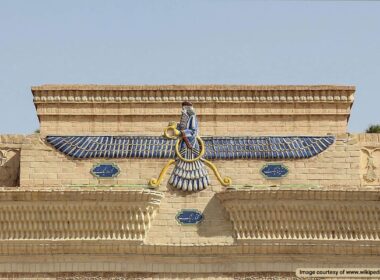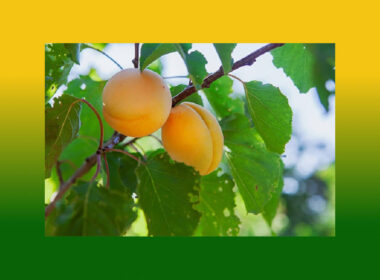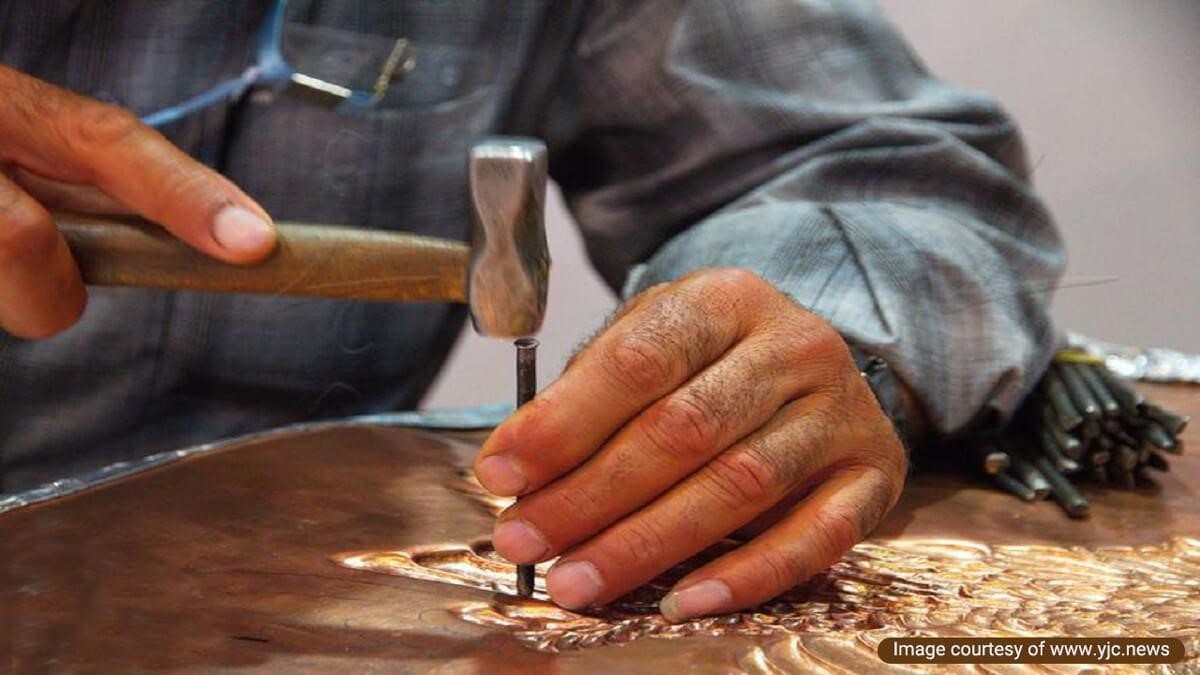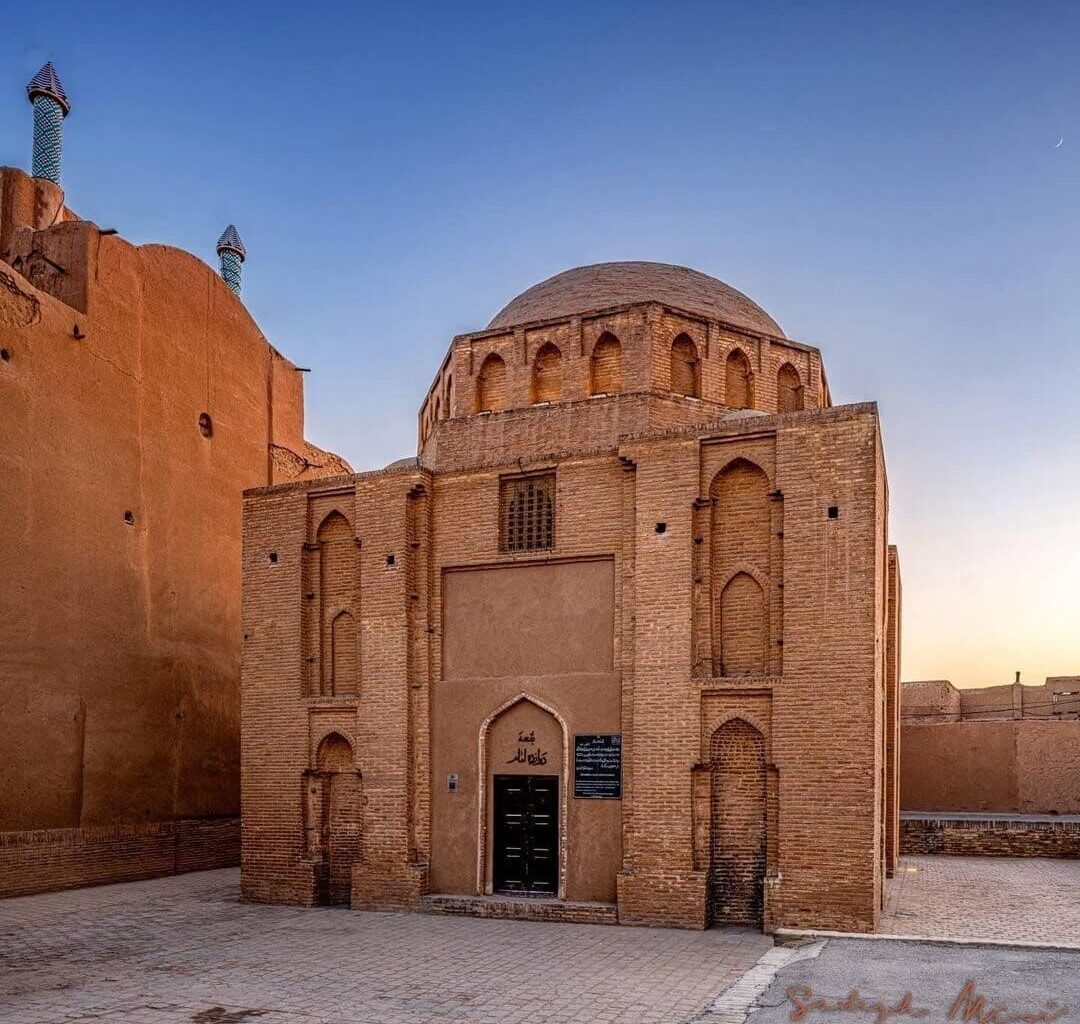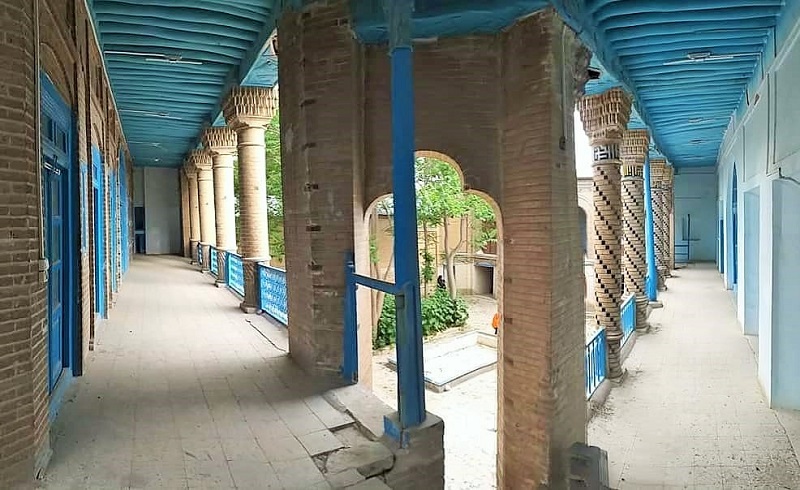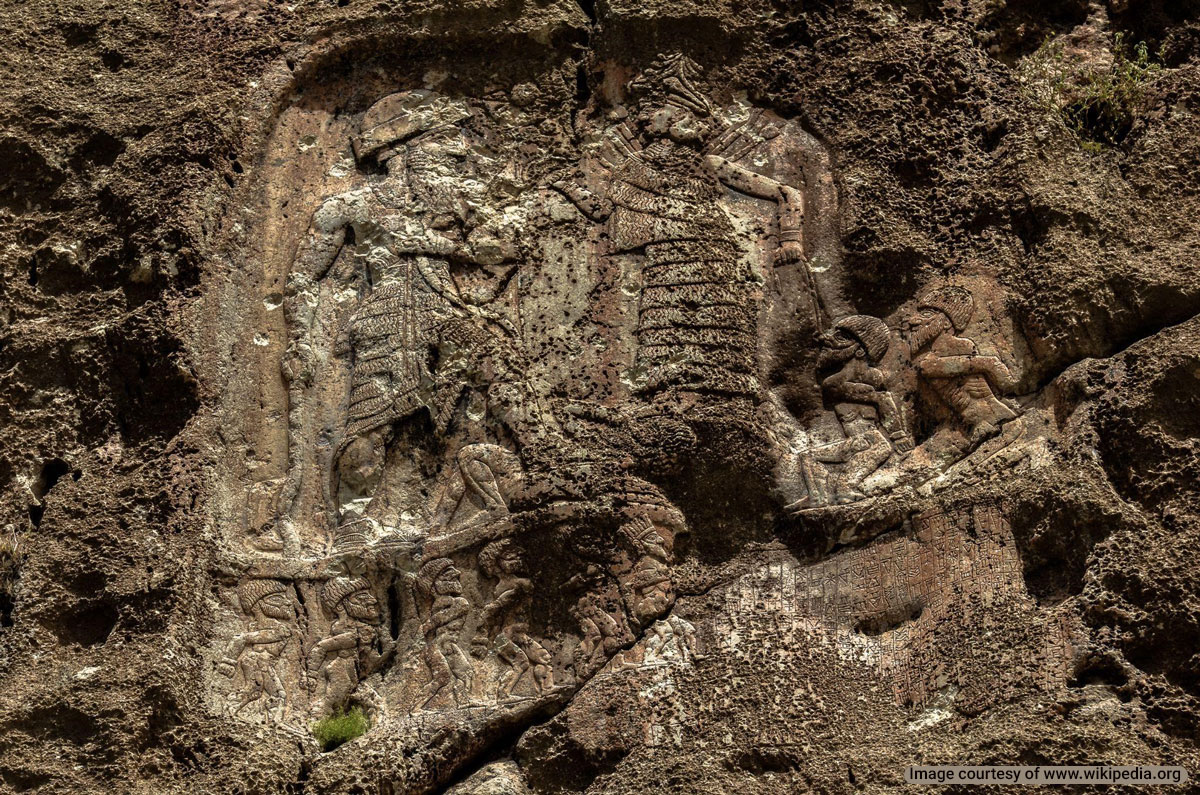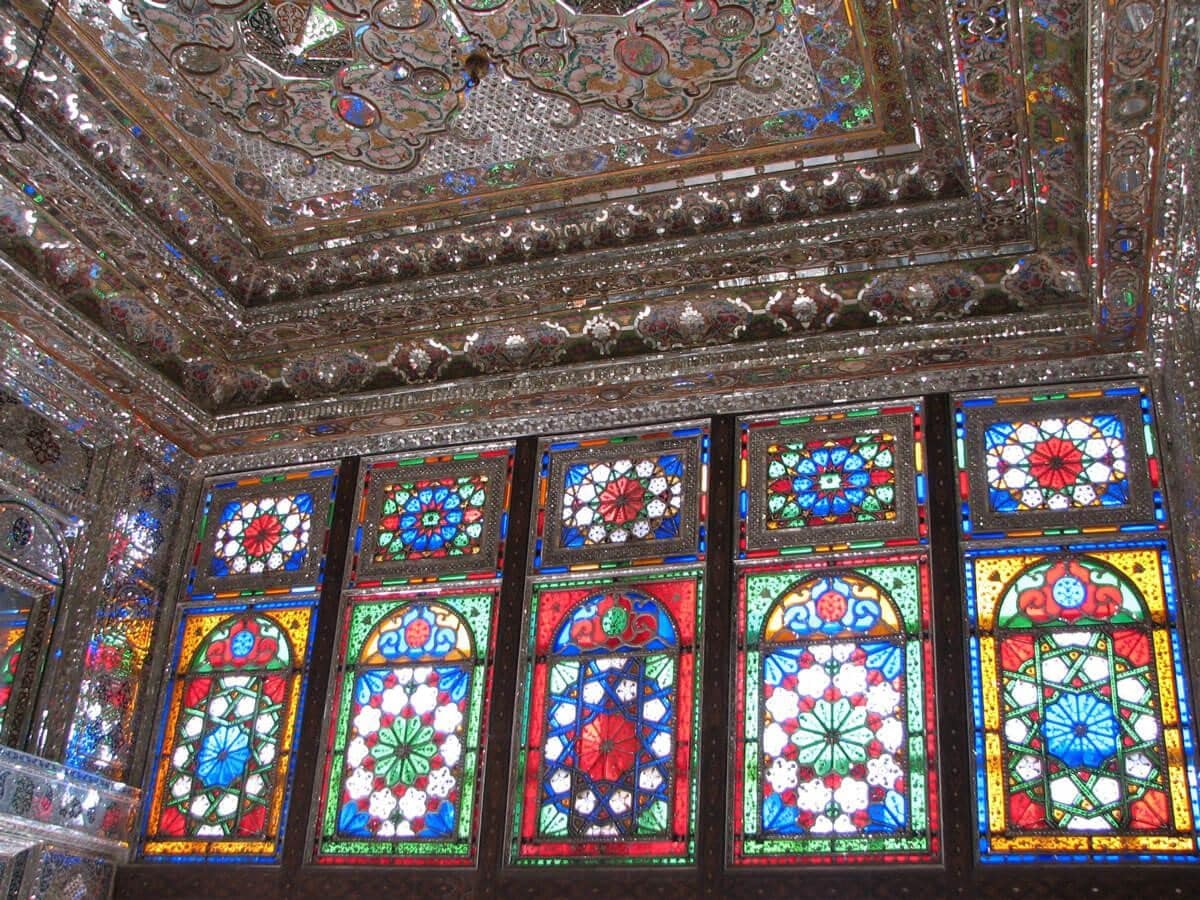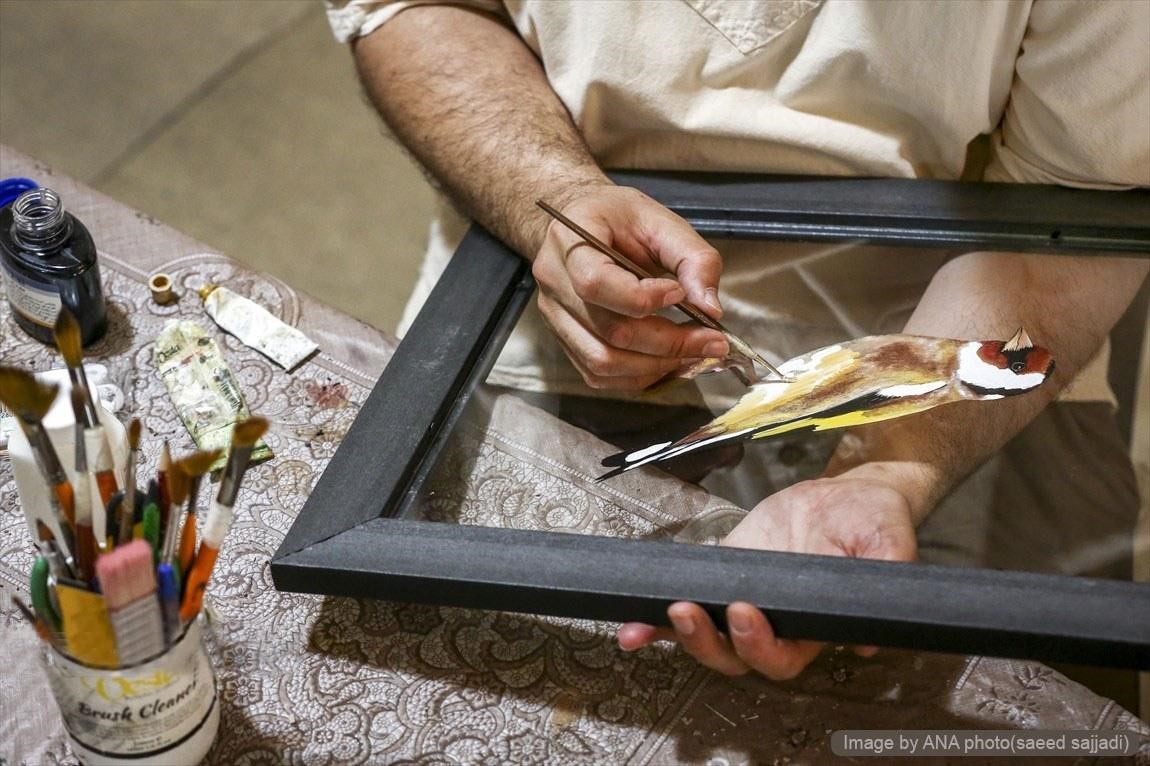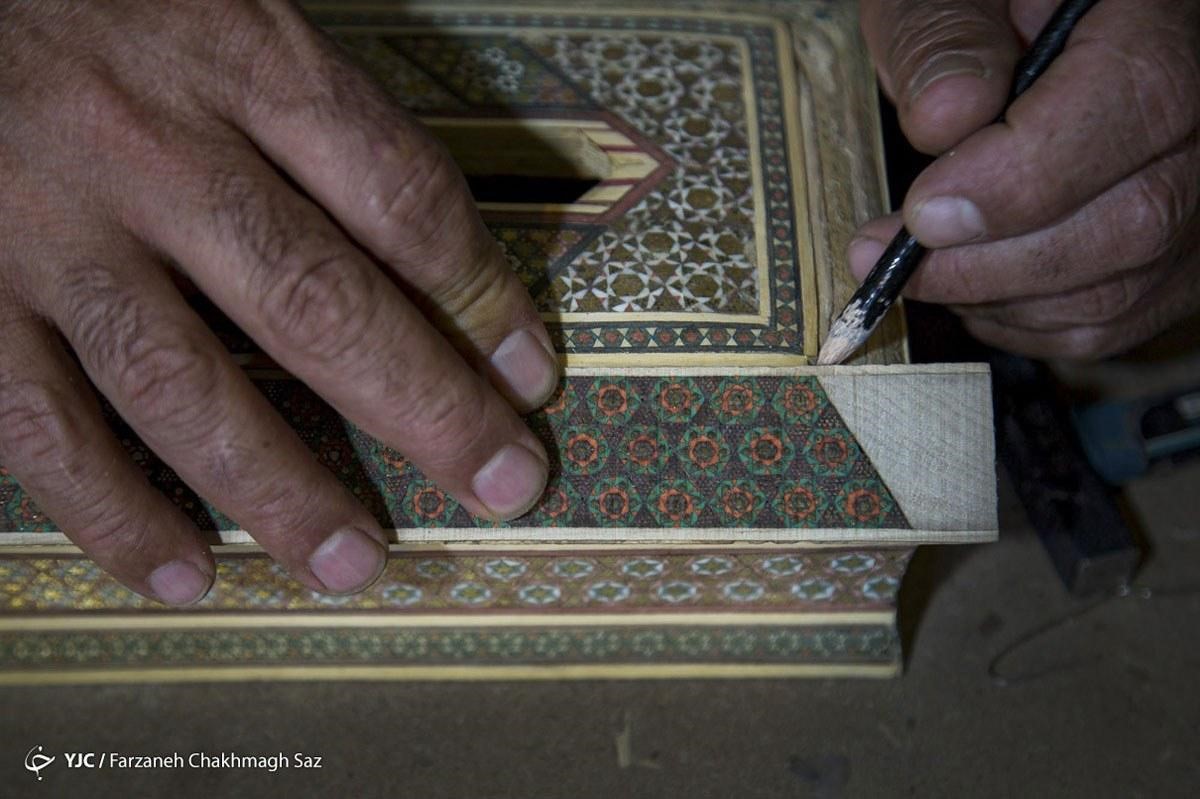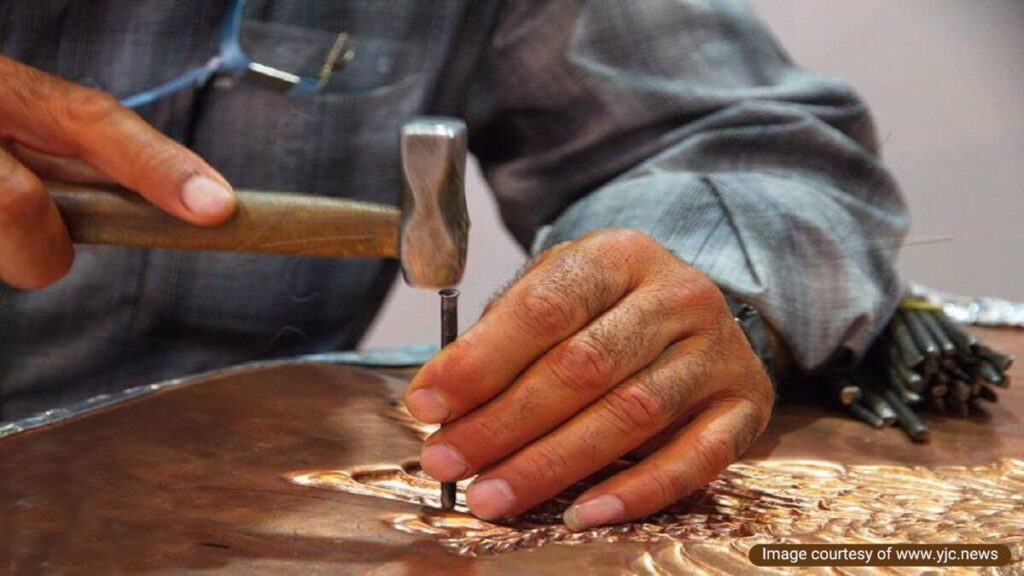
Metal carving in Iran is a manual printing method used to engrave images and words on metal surfaces. In the past, this handicraft was performed on copper metal, but it was gradually applied on other metal plates. In Iran, this art is well-known and practiced in the traditional Tabriz style and Isfahan style.
Carving on metal, which is included in the category of hard materials, unlike other types of carving (like engraving on wood), does not have a purely decorative purpose. This art was created as part of the development of the primitive print industry. By reading this article, you can learn more about this traditional Iranian Handicraft.
Metal Carving Practices
In the past, there were different methods to carve images or texts on metal surfaces, but with the advances in technology and the invention of various devices, these traditional methods have become outdated. In the following, we will introduce the traditional methods of this handicraft art:
Covering the Backside of the Metal Sheet with Tar:
In this method, the backside of the desired metal surface, which is usually copper, silver, brass, gold, or a mixture of gold and other metals, is covered with tar. By doing so, the desired metal does not wrinkle during the carving process.
After covering the backside of the surface with tar, the artist draws the desired image or text on the metal. Then, the image or text is carved on the metal with a tool called a Nimbor (half cutter). Using a hammer, the bits with texts or images are removed from the metal surface. At the end of the process, the design is embossed on the surface.
In some cases, the master craftsman decorates the carved motifs on the metal with gold or silver, increasing its artistic and aesthetic value.
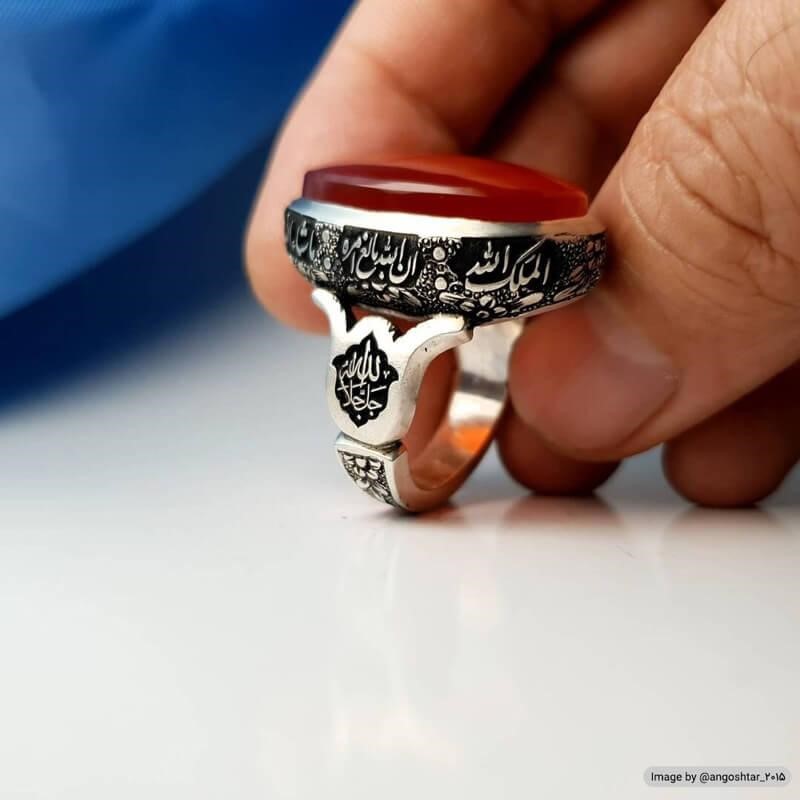
Covering the Inside or Backside of the Metal with a Mixture of Coal, Tar and Plaster:
In this practice, covering the backside or inside of the metal surface reduces the sound of the hammer during carving. Also, this prevents the metal from being punctured during the process.
After this step, as in the previous method, the desired design is drawn on the metal surface. Then, the craftsman places the steel pen on the intended design and creates different grooves and patterns on the metal by hitting the hammer with different intensities.
After finishing the work, the artist removes the coal and tar mix and fills the grooves with coal. Finally, he covers the work with black varnish oil so that the carved patterns appear as dark lines.
In the past, in addition to the mentioned methods, carving on metal was also done in two traditional styles, which we will describe:
Tabriz Style:
In this style, the carving process was done without using a hammer and with a steel pen. In fact, in this method, the artist carved different designs on the metal by holding the pen and turning his wrist.
Isfahani Style:
In this style, the use of a hammer was acceptable. For this reason, the designs carved by the Isfahani style are deeper than the Tabriz style.
Two other common methods for carving on metal are:
Fixed Carving Method:
Fixed tool carving is done with a sharp tool (such as a chisel) that does not rotate in the process. This method is used for carving soft metals such as aluminum, brass, silver, and gold.
Revolving Carving:
In this method, the diamond-shaped tip of the tool is placed on the metal, and with its revolving movement, removes the surface.
The methods mentioned above are also used in another branch of metalworking handicrafts called toreutics. The difference is that in toreutics, all kinds of engraving pens are used to create embossed and debossed patterns. While metal carving is done only in the form of embossing and using one type of pen.
Metal Carving Tools
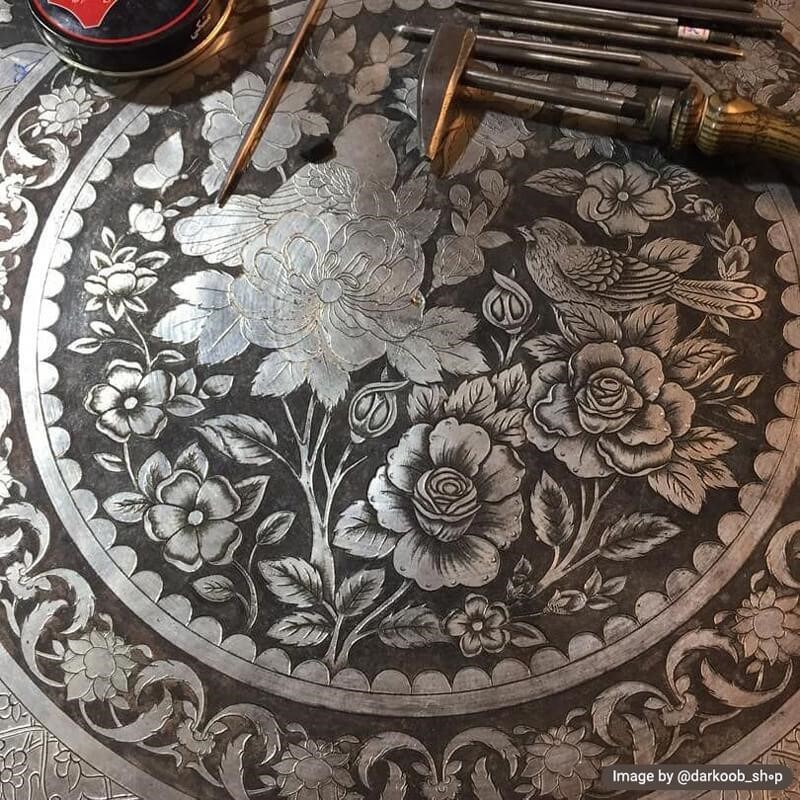
Carving on metal requires various tools, including:
- A work table, usually made of a log.
- Metal carving pen and knife or metal carving chisel.
- Metal carving hammer, compass, belt, ruler.
- A hand tool called “Derafsh” which is mostly used for carving on copper.
The Process of Metal Carving
This handicraft art is practiced in different steps, which are described below:
- At first, the artist chooses an image or a text and places a thin sheet of paper on it.
- In the second step, he draws the pattern on the sheet of paper.
- Then, they redraw the pattern on the other side of the paper for better visibility.
- In the next step, they place the paper on the metal so that the image or text is inverted. Of course, the paper must be fixed on the metal, for which the artist can wax the metal plate or use other methods. It is necessary to evenly spread a thin wax layer on the work surface.
- In the next step, the artist carves the lines on the paper onto the metal plate using a knife or chisel.
- Then, they remove the paper from the surface and everything else depends on the personal skill of the artist. They must be able to apply the details of the pattern and finish the grooves on the metal plate.
- Finally, to test that the pattern sits well on the work surface, the surface of the metal plate is inked. Then, they put a piece of paper on it so that the carved pattern is sealed on the paper. In this case, after inverting the paper, the text should be readable or, if it is an image, it should be visible on the paper.
Applications of Carving on Metal
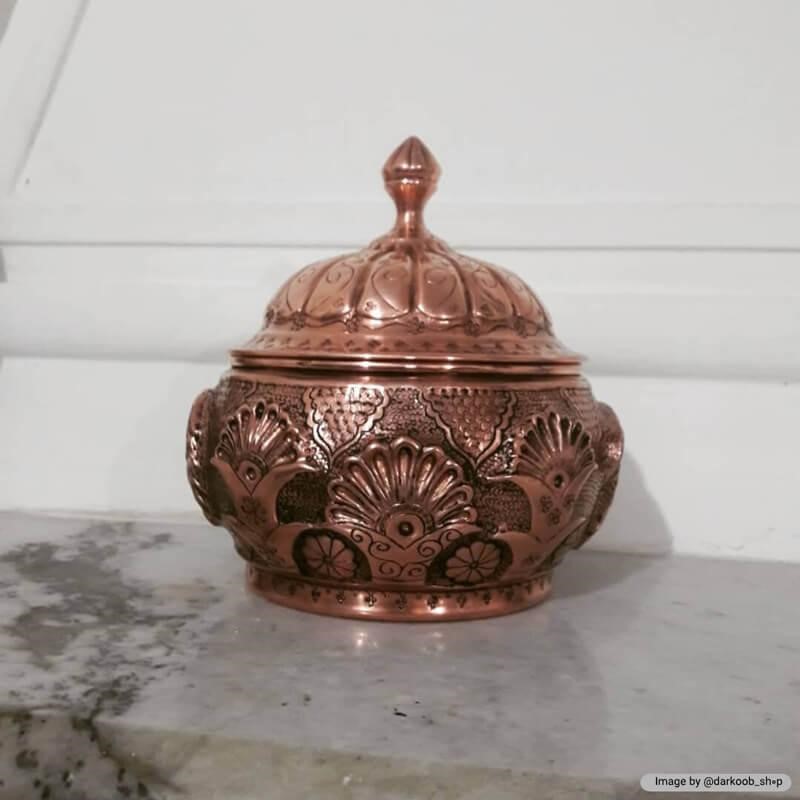
After the creation of the art of carving on metal, it was used to produce seals. If the writing on the metal plate was readable, it was covered with wax, lead, or other soft material.
Then the soft material containing the writing was pressed down or passed under the roller. In this way, the pattern on it was embossed on the surface of the soft material. This embossed pattern was considered a kind of primitive seal.
Visit Metal Carving Workshops in Iran
Destination Iran aims to introduce travelers to cultural heritage tourism and Iranian handicrafts in light of responsible tourism principles. To that end, visiting metal carving workshops and purchasing handicrafts can be effective in preserving and reviving these ancient arts.




